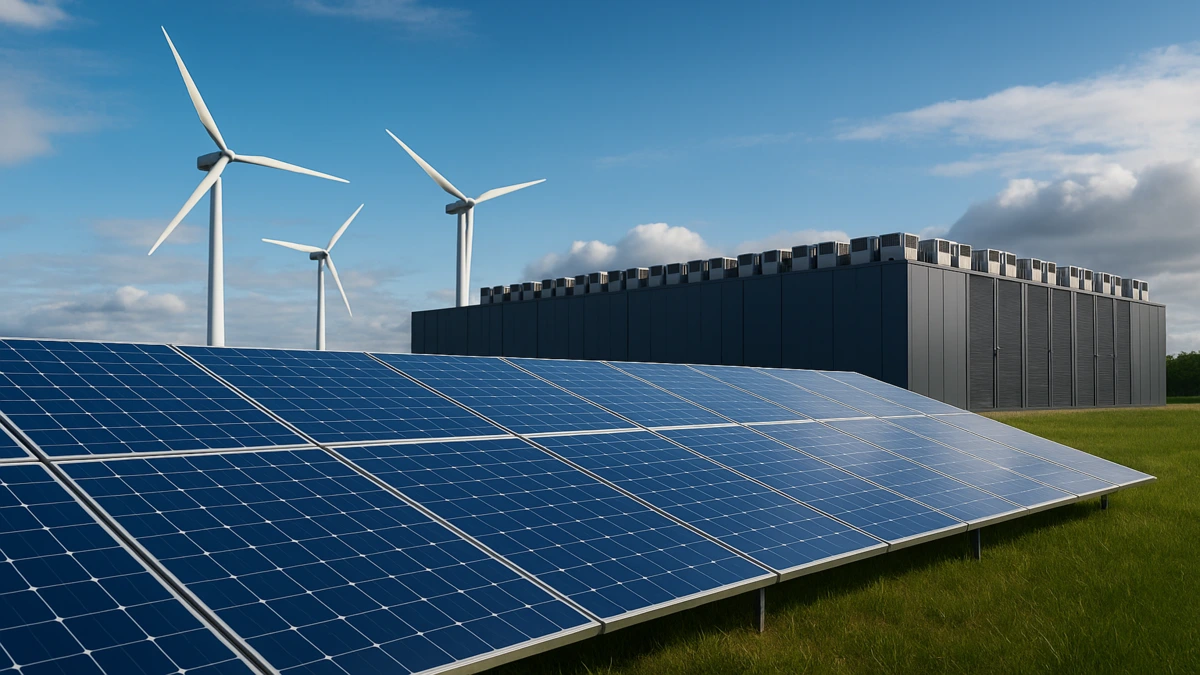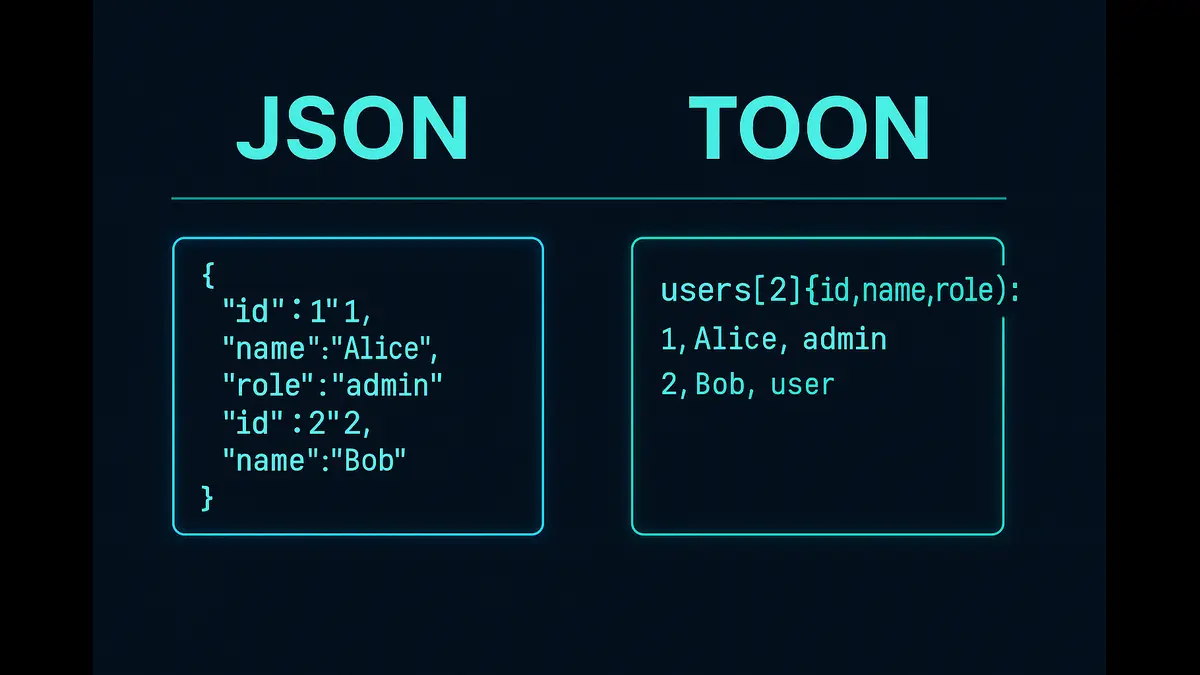
Can the UK power its AI future sustainably? A £58B grid upgrade aims to meet soaring AI energy demands without derailing net-zero goals.
Artificial intelligence (AI) is transforming industries, from healthcare to logistics, positioning the United Kingdom as a global leader in innovation. However, the energy demands of AI data centers pose a significant challenge to the nation’s aging electrical grid. The AI Energy Council, uniting technology giants, energy providers, and regulators, is tasked with ensuring Britain can power its AI-driven future without compromising grid stability or its net-zero ambitions. With a £2 billion AI Opportunities Action Plan and a £58 billion grid modernization effort, the UK is making bold moves. Yet, with grid connection delays and surging energy demands, the question remains: can Britain execute fast enough to fuel the next industrial revolution sustainably? This article examines the UK’s strategy, its challenges, and the innovative solutions shaping a green AI future.
The AI Energy Challenge
AI’s computational intensity drives unprecedented energy consumption. Traditional data center server racks use 5–10 kilowatts (kW), while AI racks can demand up to 120 kW, with unpredictable surges that threaten grid stability. In the UK, data center electricity usage is projected to increase sixfold by 2034, potentially consuming nearly one-third of national electricity. Globally, the International Energy Agency (IEA) forecasts data center demand to reach approximately 945 terawatt-hours (TWh) by 2030, doubling from 460 TWh in 2022, equivalent to Japan’s annual consumption. Deloitte estimates data centers will account for 2% of global electricity use in 2025, driven largely by AI workloads.
Google’s 2024 Environmental Report highlights the real-world impact: its data center energy consumption rose 17% from 2022 to 2023, with greenhouse gas emissions increasing 13% due to AI-driven demand. This underscores the urgency of aligning AI growth with sustainable energy solutions. The UK’s grid, designed for predictable power flows, struggles to accommodate these dynamic loads, necessitating a robust response to prevent outages and ensure economic competitiveness.
The Great Grid Upgrade: A Strategic Overhaul
To meet AI’s energy demands, the UK is investing £58 billion in the Accelerated Strategic Transmission Investment (ASTI) program, known as the Great Grid Upgrade. This includes £24 billion already approved by Ofgem for immediate enhancements, with further phases planned to reach the total by 2035. Key components include:
North-South Electrical Superhighway: A high-capacity transmission network to distribute power efficiently across the UK, supporting AI data centers.
Offshore Wind Expansion: Increasing renewable energy capacity, particularly offshore wind, to provide clean power for growing demand.
AI Growth Zones: Designated hubs, like Culham, where data centers receive fast-tracked planning and grid connections, with initial capacities of 100 MW scaling to 500 MW.
Energy Secretary Ed Miliband emphasized, “AI must not only demand energy but also help build the clean systems we need.” This initiative aligns with the UK’s goal to become a clean energy superpower by 2030, reducing reliance on volatile fossil fuels and supporting economic growth.
Grid Connection Bottlenecks
A critical obstacle is the backlog of grid connections, with over 600 renewable energy projects—representing billions in investment—facing wait times of up to 15 years. This is not a generation issue but a logistical one, as permitting and infrastructure upgrades lag behind demand. The IEA notes that globally, 3,000 gigawatts (GW) of renewable projects are stalled in connection queues, equivalent to five times the solar and wind capacity added in 2022. In the UK, congestion costs from grid limitations reached £1.94 billion annually, highlighting the urgency of reform.
The government is addressing this through:
Reclassifying Data Centers: Designating them as “critical national infrastructure” to streamline approvals.
AI Growth Zones: Prioritizing grid connections in strategic areas to accelerate AI infrastructure development.
Connections Accelerator Service: A planned service to expedite grid access for high-impact projects, set to launch by late 2025.
These reforms aim to clear the backlog and unlock billions in investment, but execution speed remains critical.
Data Centers as Grid Partners
Data centers are evolving from energy consumers to active grid participants, adopting sustainable practices to mitigate their impact:
On-Site Renewables: Facilities are investing in solar panels and battery storage to reduce fossil fuel dependency. For example, a proposed £4 billion AI data farm in Motherwell, Scotland, plans to integrate on-site renewable energy, leveraging Scotland’s abundant wind and biomass resources to power operations sustainably.
Demand-Side Response: Operators pause non-critical AI tasks during peak grid demand, stabilizing the system. Google’s PPAs for 1.5 GW of renewable energy demonstrate this commitment, covering 60% of its global demand.
Waste Heat Utilization: Companies like Deep Green are exploring integrating data centers with local heat networks, using waste heat to warm communities.
Scotland’s renewable energy potential enhances these efforts. In 2022, Scotland generated 113% of its electricity consumption from renewables, primarily wind, making it an ideal location for green data centers. The Motherwell project, if approved, could set a precedent for sustainable AI infrastructure in the UK.
AI as a Grid Solution
AI’s energy demands are matched by its potential to optimize the grid. Advanced algorithms can:
Predict Demand: Forecast energy spikes to allocate resources efficiently.
Optimize Renewables: Analyze weather data to integrate intermittent sources like wind and solar.
Streamline Permitting: Accelerate grid expansion by identifying optimal project sites, as demonstrated in U.S. trials.
The IEA’s Energy and AI Observatory highlights AI’s role in enhancing grid efficiency, noting its ability to balance supply and demand in real time. These capabilities make AI a dual-force: a challenge to grid stability and a tool for its modernization.
Challenges and Risks
Despite progress, risks persist. The UK’s grid infrastructure, much of it decades old, struggles with AI’s dynamic loads. Congestion costs and connection delays deter investment, with National Grid reporting 176 GW of renewable projects queued in England and Wales alone. Globally, delayed grid investments could increase CO2 emissions by 58 gigatonnes by 2050, undermining climate goals. While renewables are central, reliance on fossil fuels—seen in U.S. coal plant delays—poses a short-term risk to sustainability.
The UK’s nuclear ambitions, including small modular reactors (SMRs) for data centers, face hurdles. SMRs remain largely unproven, and traditional nuclear projects, like Hinkley Point, are costly and slow to build. Without rapid reform, the UK risks falling behind in the global AI race.
The UK’s £58 billion Great Grid Upgrade, £2 billion AI Opportunities Action Plan, and innovative reforms position it to lead in sustainable AI development. Initiatives like the Motherwell data farm and AI Growth Zones demonstrate a commitment to green infrastructure, while AI-driven grid optimization offers transformative potential. However, grid connection delays and aging infrastructure demand urgent action. As an AI Energy Council member noted, “You can’t have a world-leading AI sector running on 20th-century wires”.
The next five years will determine whether Britain can align its AI ambitions with its clean energy goals. With swift execution, the UK can power its AI-driven economy sustainably, setting a global standard. Failure to act risks turning promise into pressure, leaving the nation’s grid—and its AI future—in the dark.
Discover more from Poniak Times
Subscribe to get the latest posts sent to your email.






